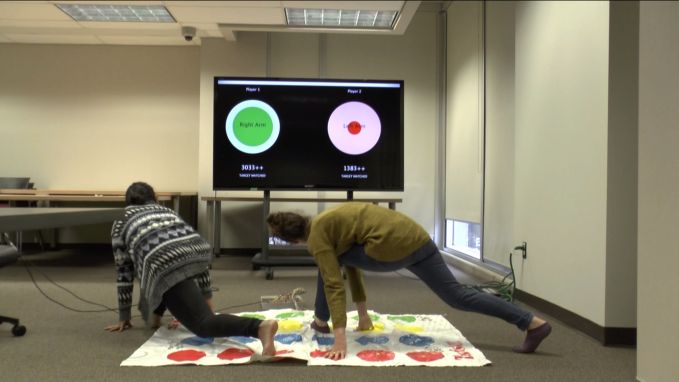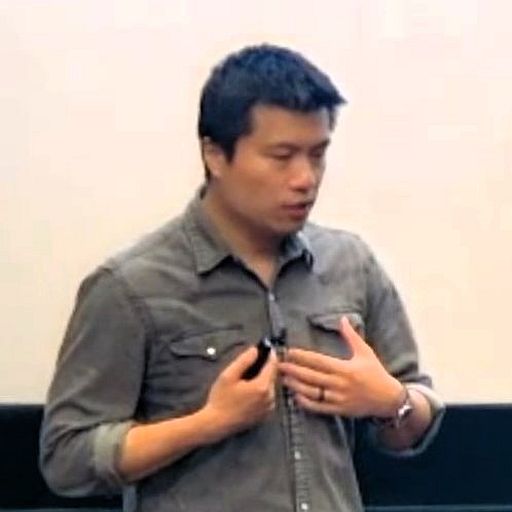Re-Twist: Evaluating Engagement in a Digitally Augmented Traditional Game
Published in Tangible, Embedded, and Embodied Interaction, 2019

Abstract
Digital adaptation of physical games often includes complete digitization resulting in the replacement of physical movements with virtual counterparts using input devices. We believe that augmenting the game by adding digital elements while also preserving physical movements can enhance player engagement. We present Re-Twist, a digitally augmented version of Twister. We introduce the element of time and score in Re-Twist by using a pressure-sensitive Twister mat that communicates with a projected screen. To investigate the effect of digital augmentation, we conducted a comparative study between the original Twister and Re-Twist. 81% of 16 participants preferred Re-Twist over the original Twister because of increased competition and urgency created by digital augmentation. We discuss the effect of digital augmentation on the competition, social, and challenge aspect of the game. This can guide new ways of game design by relooking at similar augmentation of other traditional games.
Reflection
This project is based on a student project in a course I taught in Carleton University. The final deliverable was to submit a report of a usability study on a prototype the students made in extended abstract format. While students didn’t have to submit to any conferences, I offered to help them in writing and guide them through the process.
I’m very proud of Aditi and Joanie (the leading authors) who made the prototype using DIY components and then ran the study all by themselves. My role was to provide some technical help in the prototype, to walk them through the study design, and to help them polish their report. But in the end it’s all up to them. It’s also fun to see how much they enjoyed the entire process. This is how research projects should look like.
Project-wise I think it’s a neat idea to augment classic games with technologies. In fact, some have already been doing that using AR and apps. Re-Twist is unqiue in a sense that it still preseves the physicality of the game, but adds elements of competition and urency via digital components.
Recommended citation: A. Singh, J. Ouellet, and V. Cheung. 2019. "Re-Twist: Evaluating Engagement in a Digitally Augmented Traditional Game". In Proceedings of the Thirteenth International Conference on Tangible, Embedded, and Embodied Interaction (TEI'19). ACM, New York, NY, USA, 181–187. https://doi.org/10.1145/3294109.3300976
Download Paper
